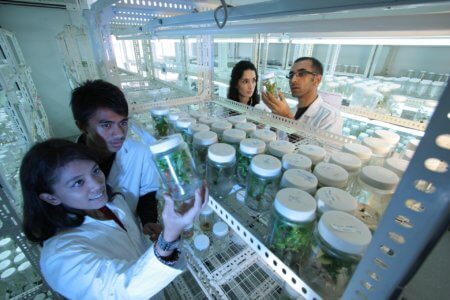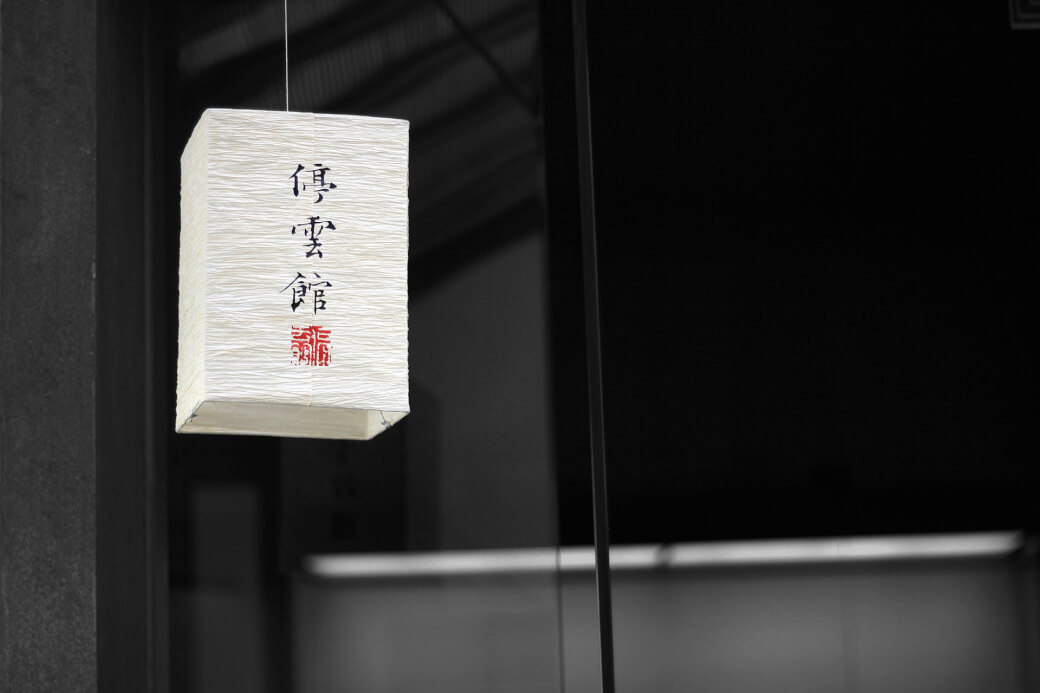Recent face offs at the Sino-Indian border are part of a long-term, low-grade military conflict over a border dispute.
What’s different this time is India’s response. Rather than escalate militarily, the Indian government chose to express its sovereignty by banning Chinese apps from India. This is an economic response, and one remedy that is not available in India’s long-standing conflict with Pakistan.
It appears the U.S. is working along the same lines with respect to China. This week, U.S. Secretary of State Mike Pompeo said in a statement that the a new program, Clean Network, is the Trump Administration’s “comprehensive approach” to protecting US citizens’ privacy and American companies’ data from “aggressive intrusions by malign actors, such as the Chinese Communist Party.”
The five new lines of effort for the Clean Network are as follows:
- Clean Carrier: To ensure untrusted People’s Republic of China (PRC) carriers are not connected with U.S. telecommunications networks. Such companies pose a danger to U.S. national security and should not provide international telecommunications services to and from the United States.
- Clean Store: To remove untrusted applications from U.S. mobile app stores. PRC apps threaten our privacy, proliferate viruses, and spread propaganda and disinformation. American’s most sensitive personal and business information must be protected on their mobile phones from exploitation and theft for the CCP’s benefit.
- Clean Apps: To prevent untrusted PRC smartphone manufacturers from pre-installing –or otherwise making available for download – trusted apps on their apps store. Huawei, an arm of the PRC surveillance state, is trading on the innovations and reputations of leading U.S. and foreign companies. These companies should remove their apps from Huawei’s app store to ensure they are not partnering with a human rights abuser.
- Clean Cloud: To prevent U.S. citizens’ most sensitive personal information and our businesses’ most valuable intellectual property, including COVID-19 vaccine research, from being stored and processed on cloud-based systems accessible to our foreign adversaries through companies such as Alibaba, Baidu, and Tencent.
- Clean Cable: To ensure the undersea cables connecting our country to the global internet are not subverted for intelligence gathering by the PRC at hyper scale. We will also work with foreign partners to ensure that undersea cables around the world aren’t similarly subject to compromise.
According to the Department of State, some of the largest telecom companies around the globe are also becoming “Clean Telcos.” Orange in France, Jio in India, Telstra in Australia, SK and KT in South Korea, NTT in Japan, and O2 in the United Kingdom are rejecting doing business with tools of the Chinese Communist Party’s surveillance state, like Huawei. The big three telecommunications companies in Canada have decided to partner with Ericsson, Nokia, and Samsung, because public opinion was overwhelmingly against allowing Huawei to build Canada’s 5G networks.

What’s not included in the Clean Network initiative is biotechnology. Protecting U.S. health data is a serious concern, particularly due to the Chinese government-linked cyber-espionage and hacking campaigns aimed at obtaining sensitive U.S. personally identifiable information, including personal health data and clinical trial data. The 2015 hacking of Anthem Inc. by Chinese nationals serves as an example: the cyber-attack on the health insurance giant allowed hackers to gain access to up to 80 million patient records, not simply personally identifiable information.
In his testimony before the Commission, Benjamin Shobert, director
of strategy for health business strategy at Microsoft, argued asymmetric data-sharing policies between the U.S. and China weaken the U.S. competitive advantage in medicine innovation and artificial intelligence. Investment and collaborations in the U.S. biotech sector give Chinese companies access to large volumes of U.S. medical and genomic data, but U.S. companies do not get reciprocal access. Mr. Shobert believes “protocols specific to de-identification and bilateral cross-border data sharing [are
needed] . . . to ensure the pace of progress in healthcare continues to accelerate.”
The Chinese government is also formulating policies to support the acquisition and use of large healthcare genomic and other personal health data sets (Source: U.S.-China Economic and Security Review Commission, Hearing on Exploring the Growing U.S. Reliance on China’s Biotech and Pharmaceutical Products, written testimony of Benjamin Shobert, July 31, 2019, 11.).
It seems inevitable that a separate U.S. initiative specific to the biotech industry will address the known threats stemming from China’s fast-growing biotech industry.
China’s Biotech Industry
China’s biotech industry has been growing rapidly in the past decade but still remains less than a tenth the size of the U.S. biotech industry in terms of market size, according to a reported prepared by the U.S. government, “China’s Biotechnology Development: The Role of U.S. and Other Foreign Engagement.” China’s biologics market is estimated at 30 to 40 billion yuan ($4.7 to $6.2 billion) and their agricultural biotech market is around $8.1 billion, while estimates places those U.S. markets at $118 billion and $110 billion, respectively. Overall, the U.S. maintains its lead through world-class research training and strong governmental support of R&D, but China is seeking to close the gap through its top-down government strategy and coordination, talent recruitment programs, high R&D spending across the industry, and capacity for high-tech R&D. Another method many Chinese companies use is partnerships with U.S. research organizations and private companies that share data and information in ways that are likely to come under scrutiny.

China’s biotech sector is dominated by biologics and other medical technologies. The segment is growing quickly due to increasing demand and the high value of the products relative to traditional pharmaceuticals. While Chinese biotech companies develop few innovations (instead producing biosimilars or performing contract research and manufacturing), they still provide a high-tech and high-skill foundation for future innovation, with potential demonstrated in some cutting-edge technologies like CAR-T and CRISPR.
China’s drug approval policies create advantages for Chinese developers of biopharmaceuticals and other drugs. Drugs manufactured in China and drugs not previously approved outside of China receive fast-track review. The duration of market protection via data exclusivity for newly approved biologics is maximized when clinical trials are performed in China and the drug is not approved elsewhere.
Investment in the agricultural biotech segment is low in China, despite a stated goal of developing the technology. China does not grow much GM crop, with the exception of cotton for export. Regulatory burdens and lack of consumer support have led to a lack of GM commercial activity, although China is investing in GM research. The recent purchase of GM seed producer Syngenta by ChemChina may signal a turnaround in this market, although catching up to the U.S. in the foreseeable future is not likely due to the size of the lead the U.S. has.
China’s biotech sector is fueled by many commercial factors—such as a massive future market, cheap labor, and abundance of talent—but industrial and technology policies play an important role as well. China is pursuing a comprehensive, long term strategy to become a leader in biotechnology, especially medical biotechnologies. Biotechnology is named as a Strategic Emerging Industry, and plans such as Made in China 2025 and the 13th Five Year Plan prioritize its development. As a result of these and other policies, the Chinese government is supporting the biotech industry through investment in infrastructure, development of research parks, and recruitment of overseas talent.

